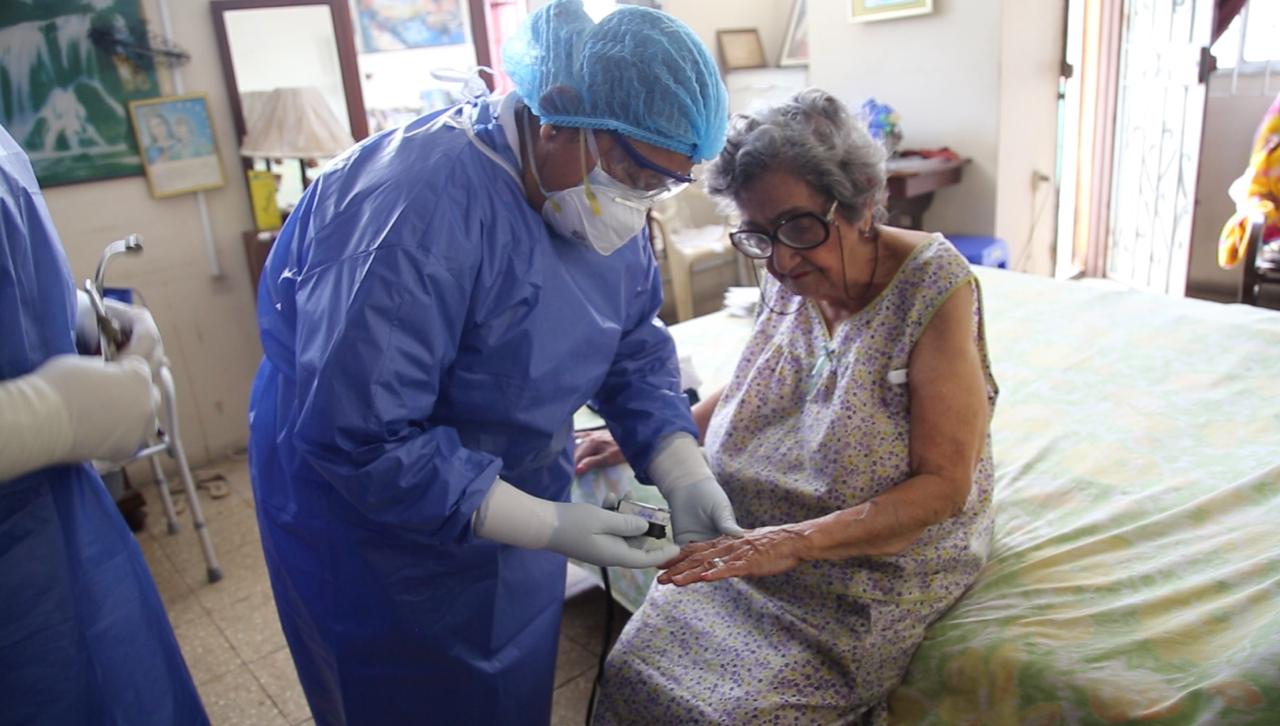More than 70% of the employees are doctors, nurses, technicians and other specialists linked to health care.
Faced with the continuing crisis experienced by the Ecuadorian Institute of Social Security (IESS), citizen, political and social voices point out that a comprehensive adjustment should be made in the bureaucracy of the entity, as part of the measures to provide financial relief.
In this sense, the underlying question is whether the salary expense is inflated or has no relation to the reality of the country.
As of January 31, 2022, the salaries of the officials of IESS they cost around $55.44 million a month, that is, $665.27 million a year (including tenths, overtime and other complementary income).
Currently, there are 35,477 people in the payrollwhich manages five funds, including a health fund with a system of hospitals and care centers throughout the country.
Health fund generates the highest expense
Most of the salary expense will be financed health services. Thus, the IESS it disburses around $505.49 million a year to pay doctors, nurses, technicians, laboratory technicians, paramedics, and more health personnel.
That staff currently consists of 25,058 officials, who earn an average of $1,527.22. Of the total, 6,183 professionals, that is to say a little more than 24%, are specialist doctors and surgeons.
Lack of specialists to cover demand
One of the problems of IESS is that, given the high demand for services from around 9.8 million people a year, more specialists are needed.
Andrés Jaramillo, internist and former official of the social Securityexplained that in the country, through bad political decisions during the Correísta decade, most of the specialization options were closed.
“That drastically reduced the possibilities of having more Ecuadorians trained in fields outside of general and family medicine. The consequence is that medical appointments for a large number of ailments accumulate without prompt attention, ”he pointed out.
On average, a physician or surgeon specializing in the IESS receives a monthly salary of $2,249, not including additional income such as tenths and overtime.
More attention with less financing
Despite representing the majority of the spending at IESS, the health fund receives barely 5% of the monthly contributions of around 3.2 million affiliates. In this area, given the growing demand for medical carepressures for higher spending are inevitable.
In the Correísta decade, the universe of care for affiliated children under 18 years of age was expanded, and financing problems to provide health services to retirees and patients with catastrophic illnesses deepened.
Instead of carrying out a comprehensive reform, it was decided to a formula where, for a few years, the percentage that went to finance health insurance was increased from 5.71% to 9.94%. This increase was achieved by removing resources from other funds, mainly pension funds.
The result of the sadly remembered resolution 501 was to defund the pension system, and not even cover the growing spending for medical care.
Administrative positions represent 29%
With this reality as a starting point, the space for adjustment in health is scarce, so it remains to review what is going on salaries from administrative positions.
Each year, $159.78 million is spent on those positions. In total, 10,419 people are in management, coordination, leadership, auxiliary, managerial roles, among others.
In the best of cases, according to a study by the Inter-American Development Bank (IDB), it could be optimized to save around $47.93 million annually. That amount is not negligible, and could go to hire more specialists or more medicines.
However, this does not solve the structural problems of the IESS. Manuel González, an economist, commented that “the IESS should not administer hospitals and provide health services.”
The reform that should be proposed in this case would be that all this attention is assumed by the Ministry of Health. However, that is not in the government’s plans. (JS)
En 2020 el fondo de salud cerró con un déficit de $529,8 millones. Hasta 2028, ese déficit llegará a más de $1.680 millones.








